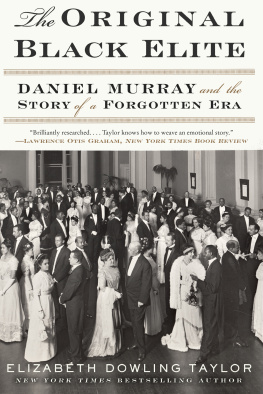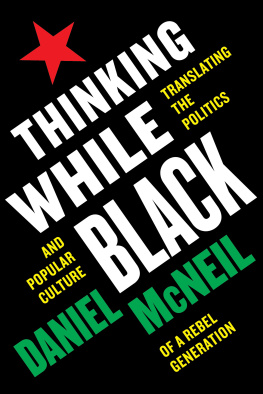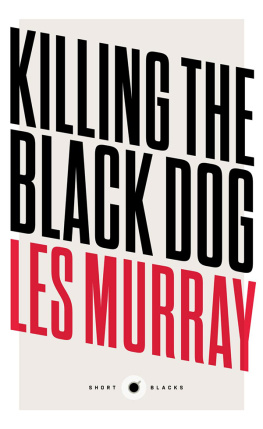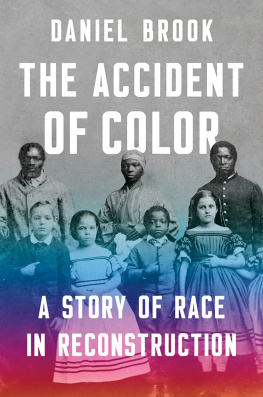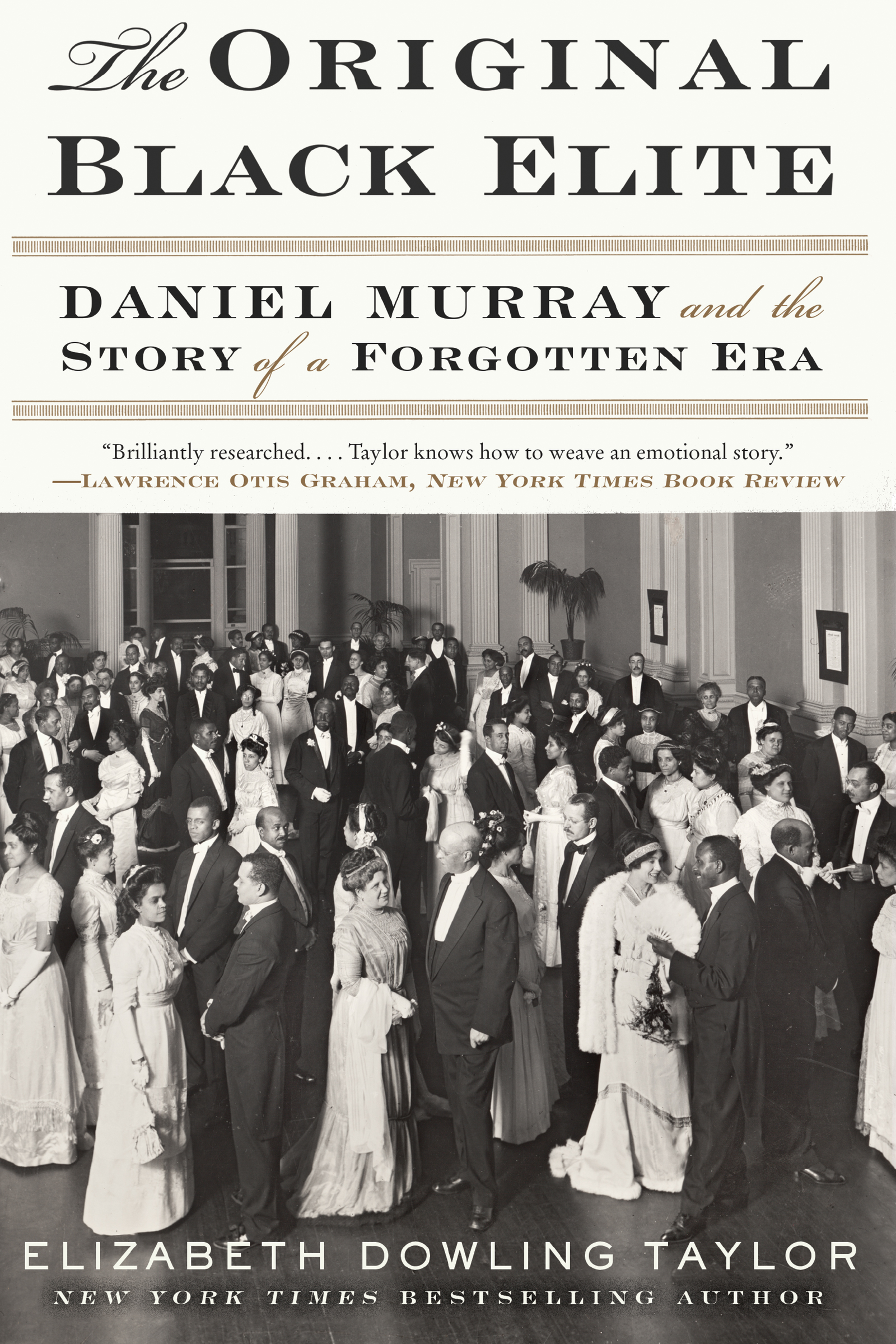Elizabeth Dowling Taylor - The Original Black Elite: Daniel Murray and the Story of a Forgotten Era
Here you can read online Elizabeth Dowling Taylor - The Original Black Elite: Daniel Murray and the Story of a Forgotten Era full text of the book (entire story) in english for free. Download pdf and epub, get meaning, cover and reviews about this ebook. year: 2017, publisher: HarperCollins, genre: Non-fiction. Description of the work, (preface) as well as reviews are available. Best literature library LitArk.com created for fans of good reading and offers a wide selection of genres:
Romance novel
Science fiction
Adventure
Detective
Science
History
Home and family
Prose
Art
Politics
Computer
Non-fiction
Religion
Business
Children
Humor
Choose a favorite category and find really read worthwhile books. Enjoy immersion in the world of imagination, feel the emotions of the characters or learn something new for yourself, make an fascinating discovery.
- Book:The Original Black Elite: Daniel Murray and the Story of a Forgotten Era
- Author:
- Publisher:HarperCollins
- Genre:
- Year:2017
- Rating:3 / 5
- Favourites:Add to favourites
- Your mark:
The Original Black Elite: Daniel Murray and the Story of a Forgotten Era: summary, description and annotation
We offer to read an annotation, description, summary or preface (depends on what the author of the book "The Original Black Elite: Daniel Murray and the Story of a Forgotten Era" wrote himself). If you haven't found the necessary information about the book — write in the comments, we will try to find it.
In this outstanding cultural biography, the author of the New York Times bestseller A Slave in the White House chronicles a critical yet overlooked chapter in American history: the inspiring rise and calculated fall of the black elite, from Emancipation through Reconstruction to the Jim Crow Eraembodied in the experiences of an influential figure of the time, academic, entrepreneur, and political activist and black history pioneer Daniel Murray.
In the wake of the Civil War, Daniel Murray, born free and educated in Baltimore, was in the vanguard of Washington, D.C.s black upper class. Appointed Assistant Librarian at the Library of Congressat a time when government appointments were the most prestigious positions available for blacksMurray became wealthy through his business as a construction contractor and married a college-educated socialite. The Murrays social circles included some of the first African-American U.S. Senators and Congressmen, and their children went to the best collegesHarvard and Cornell.
Though Murray and other black elite of his time were primed to assimilate into the cultural fabric as Americans first and people of color second, their prospects were crushed by Jim Crow segregation and the capitulation to white supremacist groups by the government, which turned a blind eye to their unlawfuloften murderousacts. Elizabeth Dowling Taylor traces the rise, fall, and disillusionment of upper-class African Americans, revealing that they were a representation not of hypothetical achievement but what could be realized by African Americans through education and equal opportunities.
As she makes clear, these well-educated and wealthy elite were living proof that African Americans did not lack ability to fully participate in the social contract as white supremacists claimed, making their subsequent fall when Reconstruction was prematurely abandoned all the more tragic. Illuminating and powerful, her magnificent work brings to life a dark chapter of American history that too many Americans have yet to recognize.
Elizabeth Dowling Taylor: author's other books
Who wrote The Original Black Elite: Daniel Murray and the Story of a Forgotten Era? Find out the surname, the name of the author of the book and a list of all author's works by series.

